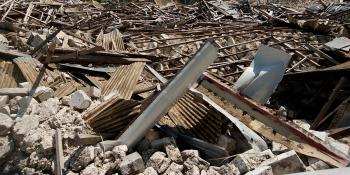Disasters can strike at any moment, with little notice. In order to protect your home and family, it is important to be prepared.
Habitat Ready helps households make a family preparedness plan, put together a supply kit and be ready to respond to common hazards in their community.
Find out your community’s unique risks using our Natural Hazard Explorer, and learn how to strengthen your financial preparedness for disasters and emergencies with FEMA’s Emergency Financial First Aid Kit.
For questions about Habitat’s Disaster Risk Reduction and Response program, email us at [email protected].
